I'd like to open a uniquely named output file for writing either plist or data, but not having any luck in getting a handle using either URL routine of init(fileURLWithPath:) or init(string:)
func NewFileHandleForWritingFile(path: String, name: String, type: String, outFile: inout String?) -> FileHandle? {
let fm = FileManager.default
var file: String? = nil
var uniqueNum = 0
while true {
let tag = (uniqueNum > 0 ? String(format: "-%d", uniqueNum) : "")
let unique = String(format: "%@%@.%@", name, tag, type)
file = String(format: "%@/%@", path, unique)
if false == fm.fileExists(atPath: file!) { break }
// Try another tag.
uniqueNum += 1;
}
outFile = file!
do {
let fileURL = URL.init(fileURLWithPath: file!)
let fileHandle = try FileHandle.init(forWritingTo: fileURL)
print("\(file!) was opened for writing")
//set the file extension hidden attribute to YES
try fm.setAttributes([FileAttributeKey.extensionHidden: true], ofItemAtPath: file!)
return fileHandle
} catch let error {
NSApp.presentError(error)
return nil;
}
}
debugger shows
which for this URL init routine adds the scheme (file://) but otherwise the same as the other, and I'd like to prefer the newer methods which throw reutrning (-1) when just using paths. The error thrown (2) is an ENOENT (no such entity!?) as I need a handle to write to I'm confused how else to get one? The sample path is a new folder created at desktop to triage.
